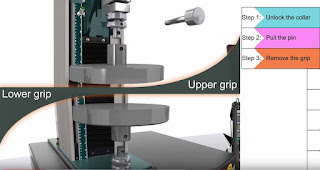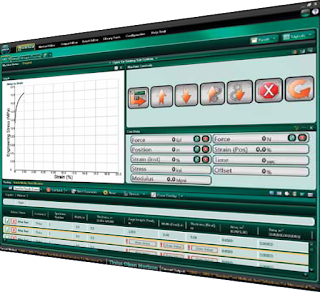Micro Flex Bend Test On Cell Phone Components

A Tinius Olsen testing machine can be used to test the performance and strength of the very “ BIG ” say a piece 40mm diameter reinforcing bar ripping it apart under a tensile load of 889,644 N (90 metric tons force) or the very “ small ” say micro electronic and electrical components, forces less than 5 N . Testing electronic components requires small attachments which are fitted to the tension compression materials testing machine to hold the material under test and apply the required force. Recently we supplied a tension compression system which included a micro flex bend attachment to facilitate bend tests on flexible membranes used in mobile and cell phones. The unit pictured part 99-1004733-330-034 is a variable span (can be adjusted by the user) 3 point flexural bend attachment with a span up to 30mm and points of contact diameter 3mm. Pictured here with a 5N load cell (Force measuring device) mounted on the testing machine through which the loading fo...



